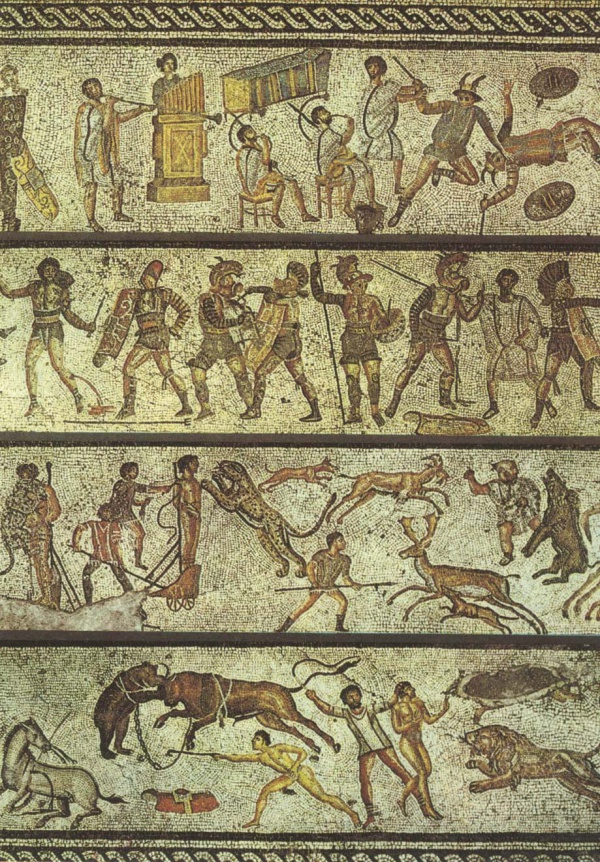Facts About Zliten mosaic
The Zliten mosaic, a remarkable example of Roman art from the 2nd century AD, was discovered in Zliten, Libya, near the ancient city of Leptis Magna. Unearthed in 1913 by the Italian archaeologist Salvatore Aurigemma, this intricate floor mosaic is now housed at the Archaeological Museum of Tripoli. It vividly portrays scenes of gladiatorial contests, animal hunts, and moments of everyday life.
The exact dating of the mosaic has been the subject of scholarly debate. Some experts argue for a timeframe within the Flavian Dynasty, while others propose an origin in the early Severan Dynasty. To support these theories, scholars have carefully examined its stylistic features and historical context.
The mosaic was crafted using techniques such as opus tessellatum, opus vermiculatum, and opus sectile. It features intricate geometric patterns and vibrant depictions of marine life. Widely regarded as a masterpiece of mosaic art, it is celebrated for its meticulous craftsmanship and artistic sophistication.

 Tunisia
Tunisia